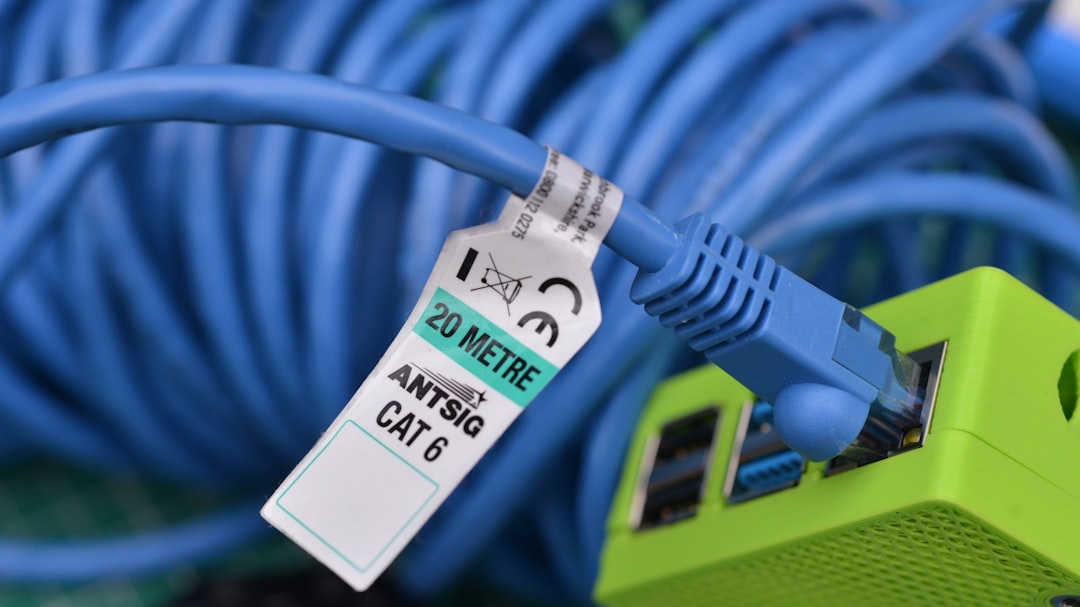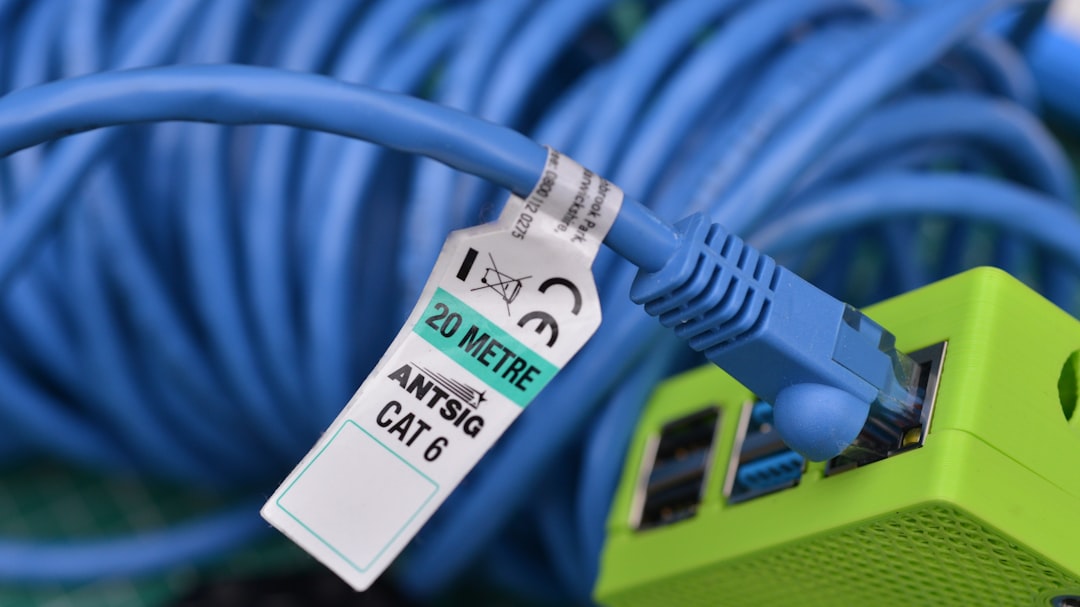Encountering the error message “DHCP is not enabled for Ethernet” can be a frustrating experience, especially if you rely on a stable wired connection for your work or personal browsing. Dynamic Host Configuration Protocol (DHCP) is essential for assigning IP addresses to devices automatically. Without it enabled, a computer may not connect to the internet or communicate with other devices properly. Fortunately, this issue can typically be resolved with some troubleshooting steps.

Understanding the Problem
When DHCP is disabled for an Ethernet adapter, your computer won’t be able to automatically receive IP configuration data from the router. Instead, it may show a 169.x.x.x IP address, indicating it couldn’t reach the DHCP server. This problem may result from incorrect network settings, corrupted drivers, or changes from Windows updates or third-party applications.
Step-by-Step Fixes
Here are some effective ways to fix the issue and get your Ethernet connection working again:
1. Enable DHCP via Network Settings
- Right-click on the Network icon in the system tray and select Open Network & Internet settings.
- Click on Change adapter options.
- Right-click your Ethernet connection and choose Properties.
- Double-click Internet Protocol Version 4 (TCP/IPv4).
- Ensure both options are set to Obtain an IP address automatically and Obtain DNS server address automatically.
- Click OK to apply the changes.
2. Use Command Prompt to Renew IP Settings
This method uses system commands to reset your networking configuration.
- Press Windows + R, type cmd, then press Enter.
- Type the following commands one by one and press Enter after each:
ipconfig /releaseipconfig /renewnetsh int ip resetnetsh winsock reset- Restart your computer and check if DHCP is now enabled.
3. Manually Start Related Services
DHCP relies on multiple background services. Ensure these are running:
- Press Win + R, type services.msc, and press Enter.
- Find and ensure the following services are set to Automatic and are Running:
- DHCP Client
- Network Connections
- Network Location Awareness
- Remote Procedure Call (RPC)
- If not running, right-click each and choose Start.

4. Update Network Drivers
Outdated or corrupted drivers can disable DHCP behaviors. To update them:
- Right-click Start and open Device Manager.
- Expand Network adapters, right-click your Ethernet driver, and select Update driver.
- Choose Search automatically for drivers. If none are found, check the manufacturer’s site for the latest version.
5. Use Network Troubleshooter
Windows includes built-in troubleshooting for network issues:
- Go to Settings > Network & Internet > Status.
- Click Network Troubleshooter and follow the on-screen steps.
6. Restore Default Network Settings
If all else fails, reset network settings:
- Open Settings > Network & Internet > Status.
- Scroll down and click Network reset.
- Click Reset now and restart your PC.
Final Thoughts
Fixing DHCP not enabled for Ethernet is typically a matter of re-enabling automatic IP settings, restarting services, or updating drivers. If the problem persists despite these steps, the issue might lie deeper in the system configuration or the router’s DHCP server, suggesting it’s time to contact your ISP or tech support.
Frequently Asked Questions (FAQ)
- Q: What causes DHCP to be disabled automatically?
A: It can happen due to Windows updates, third-party software, misconfigured settings, or corrupted network drivers. - Q: Is it safe to use a static IP instead of enabling DHCP?
A: Yes, but ensure there’s no IP conflict in the network and that you configure the correct gateway and DNS settings. - Q: Can a faulty Ethernet cable cause this issue?
A: While rare, a damaged cable could disrupt communication, leading to misdiagnosed network issues like DHCP errors. - Q: Should I reboot the router if I make these changes?
A: Yes, restarting the router can help reinitialize network settings and might resolve the issue.



